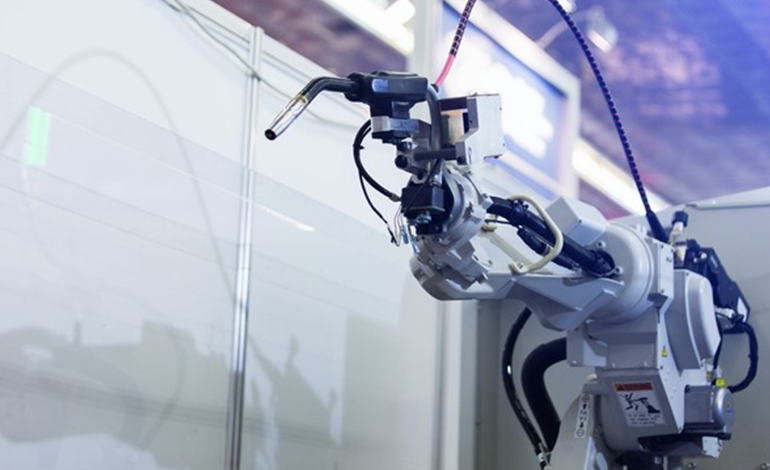
How does the welding robot automate the correct placement of welds?
Welding robot is one of the important equipment of automatic production in modern industry. It can complete welding tasks quickly and accurately, improve production efficiency and quality, and reduce the use of human resources. So, how does the welding robot automate the correct placement of welding parts?
First, the welding robot needs to obtain the position and attitude information of the welding part before performing the task. This information is usually obtained through devices such as touch sensors, vision sensors or laser rangefinders. Touch sensors can measure the position and shape of the workpiece when the robot touches it, vision sensors can identify the position and attitude of the welding part through image processing technology, and laser rangefinders can measure the distance between the welding part and the robot. The data of these sensors can accurately determine the position and attitude of the welding parts, and provide an accurate reference for the operation of the robot.
Next, the welding robot will carry out path planning according to the obtained welding part information. Path planning is an important step in determining how the welding robot will move and rotate to complete the welding task. It is usually done through computer algorithms. The robot will select the appropriate path according to the position and attitude of the welding part, combined with the welding process requirements, to ensure the quality of the weld and welding efficiency. The goal of the path planning algorithm is to find an optimal path that minimizes the number of robot moves and rotations without colliding with other workpieces or obstacles.
The welding robot then controls its actions according to the results of the path planning. Robots are usually equipped with a complex motion control system, including servo motors, drivers, encoders and so on. These devices can precisely control the movement and attitude of the welding robot, so that it can correctly place the welding parts according to the requirements of path planning. In the welding process, the robot will welding according to the pre-set welding procedure, according to the established speed and strength of the welding operation, to ensure the quality and stability of the weld.
Finally, the welding robot will also be equipped with an automatic adjustment system to correct the error of the position of the welding parts. By constantly checking the quality and position of the weld, and fine-tuning the welding part in time, the welding robot can ensure the consistency and accuracy of the weld. This automatic adjustment system usually adopts a closed-loop control method, compares the feedback data of the sensor with the set value, and adjusts the action of the welding robot according to the error size, so that the position of the welding part can meet the expected requirements.